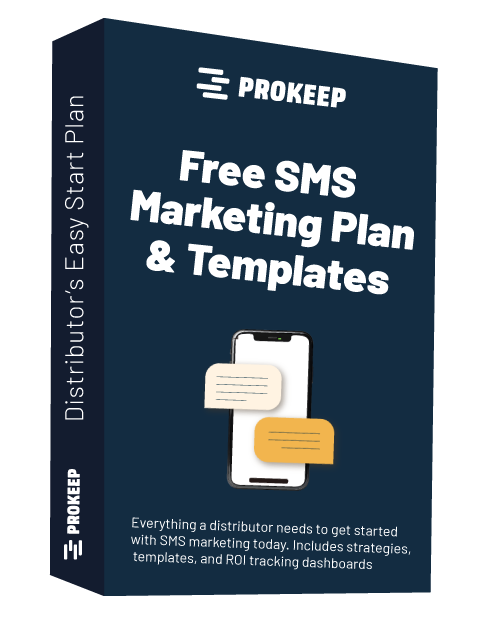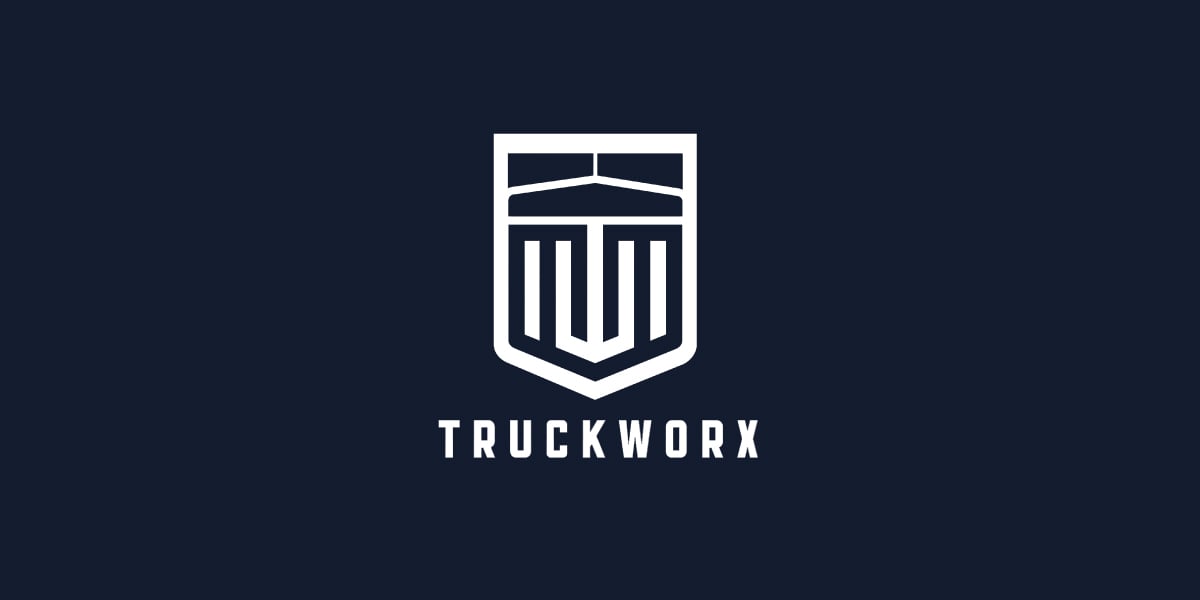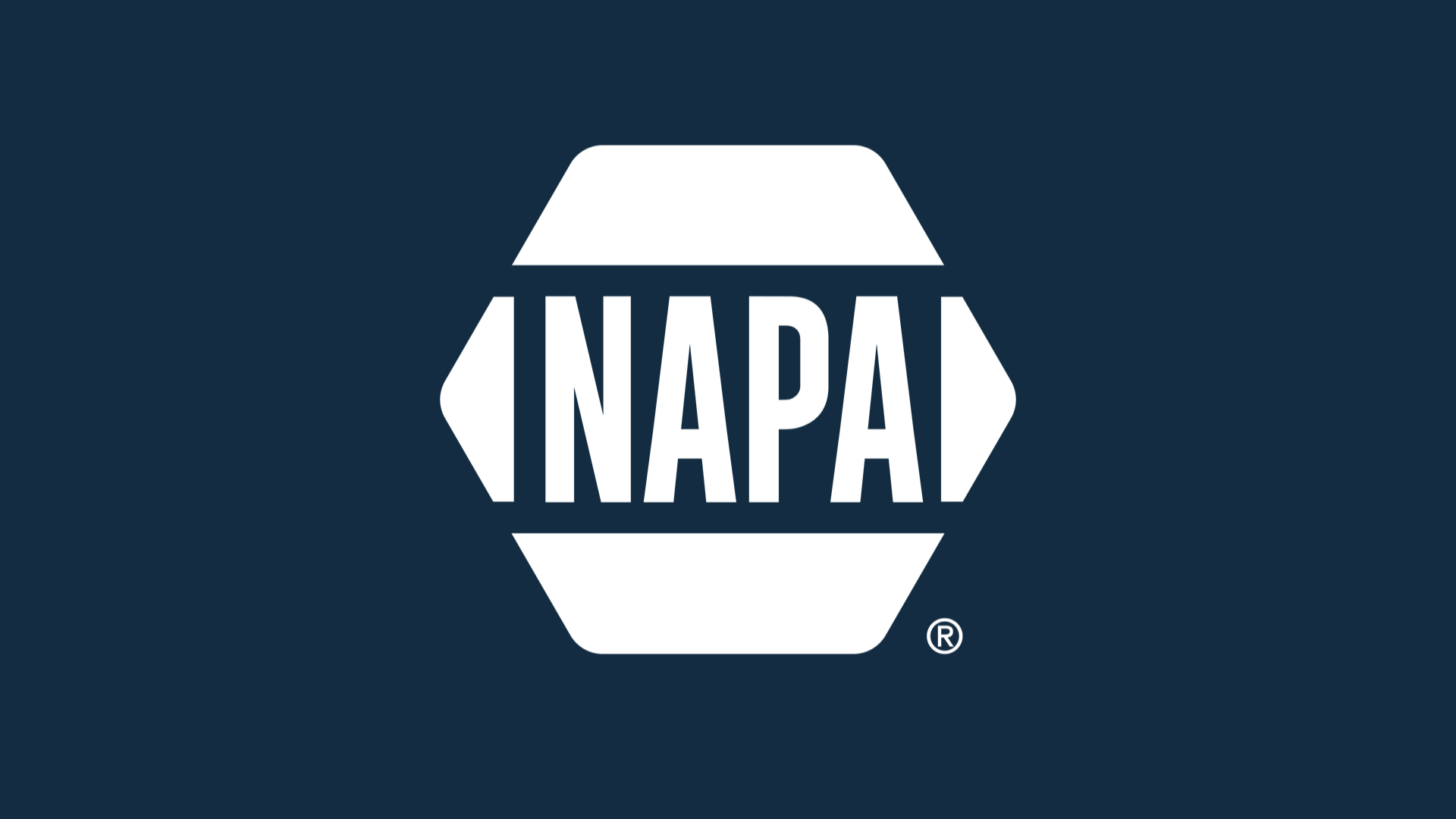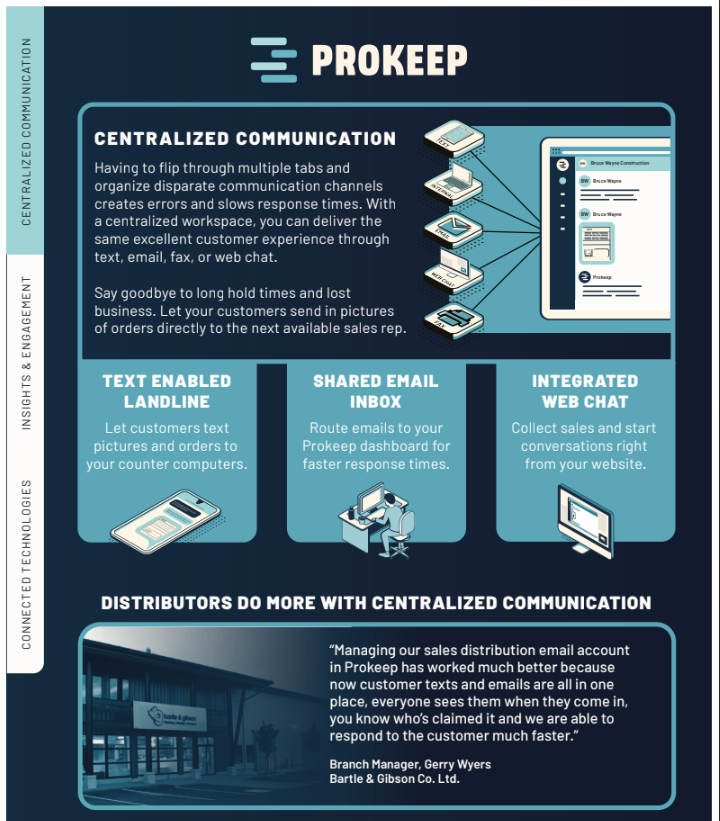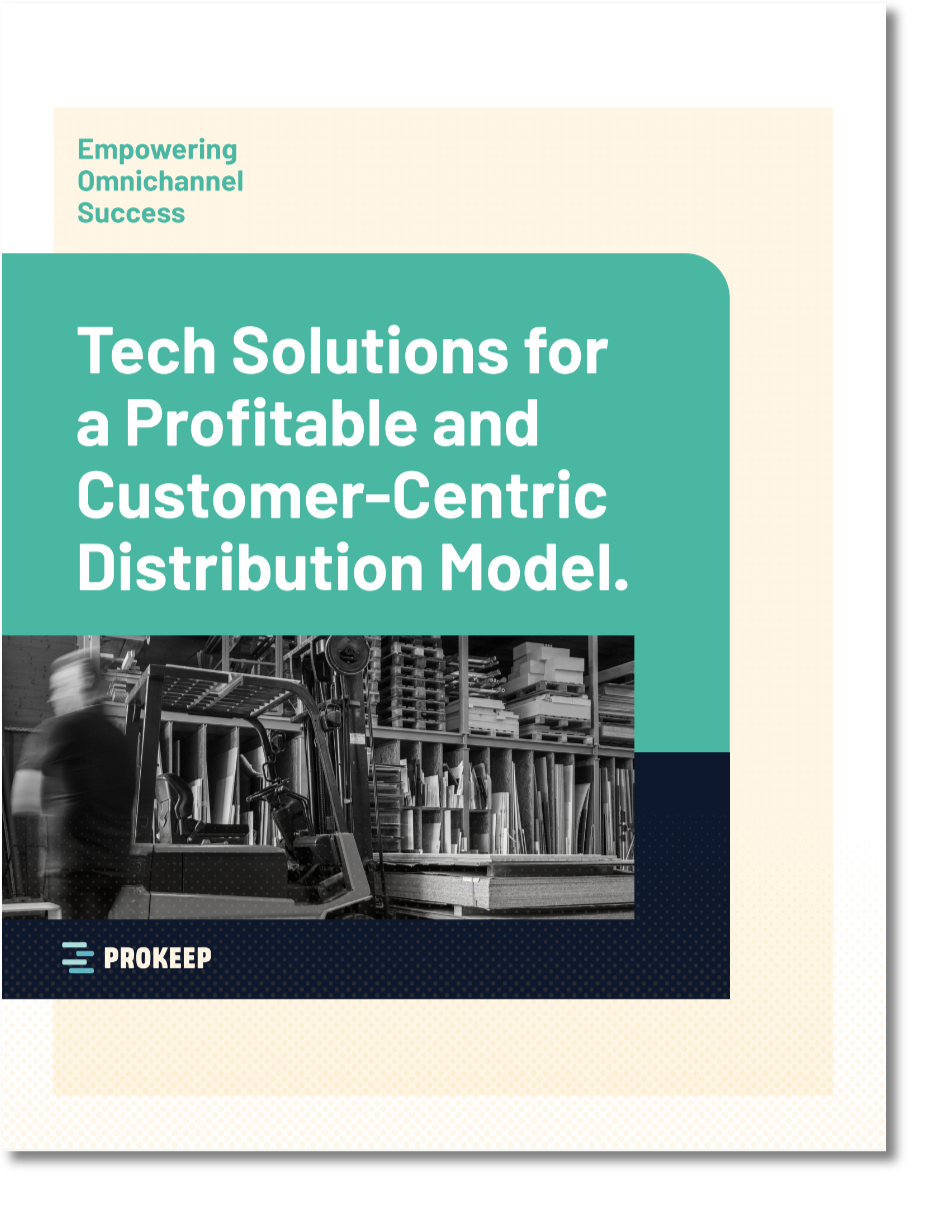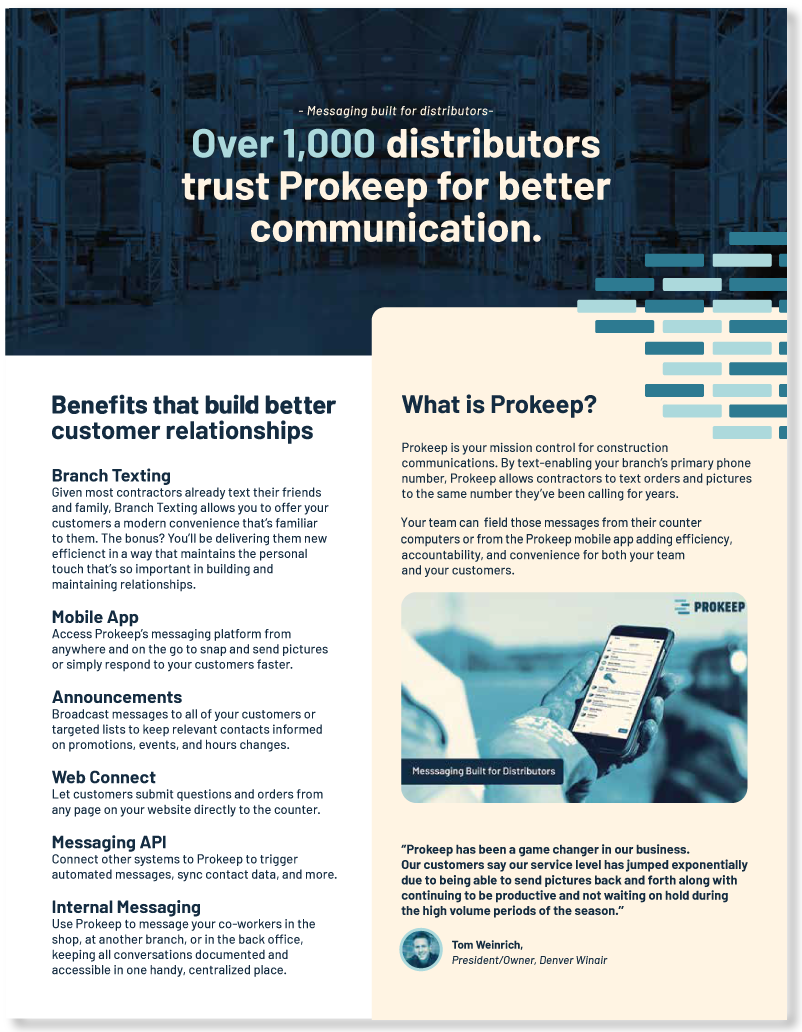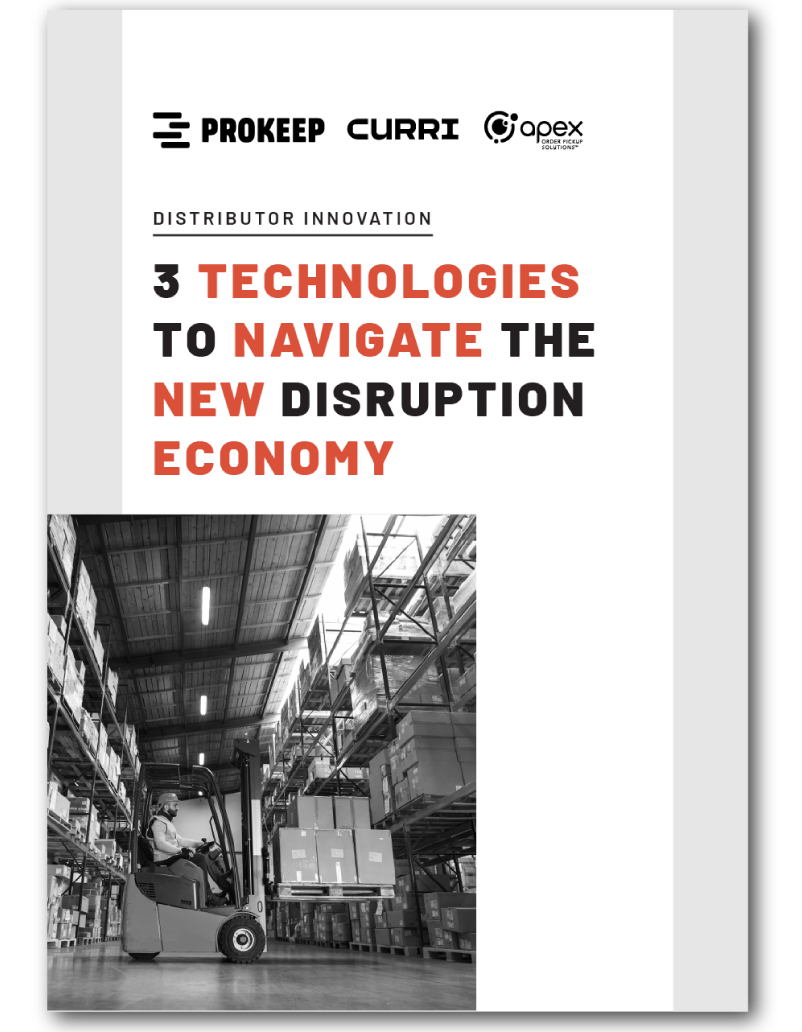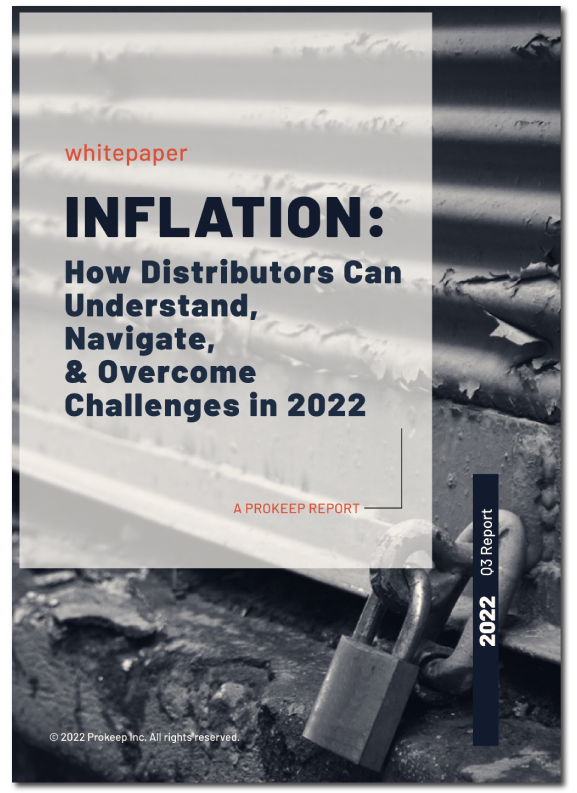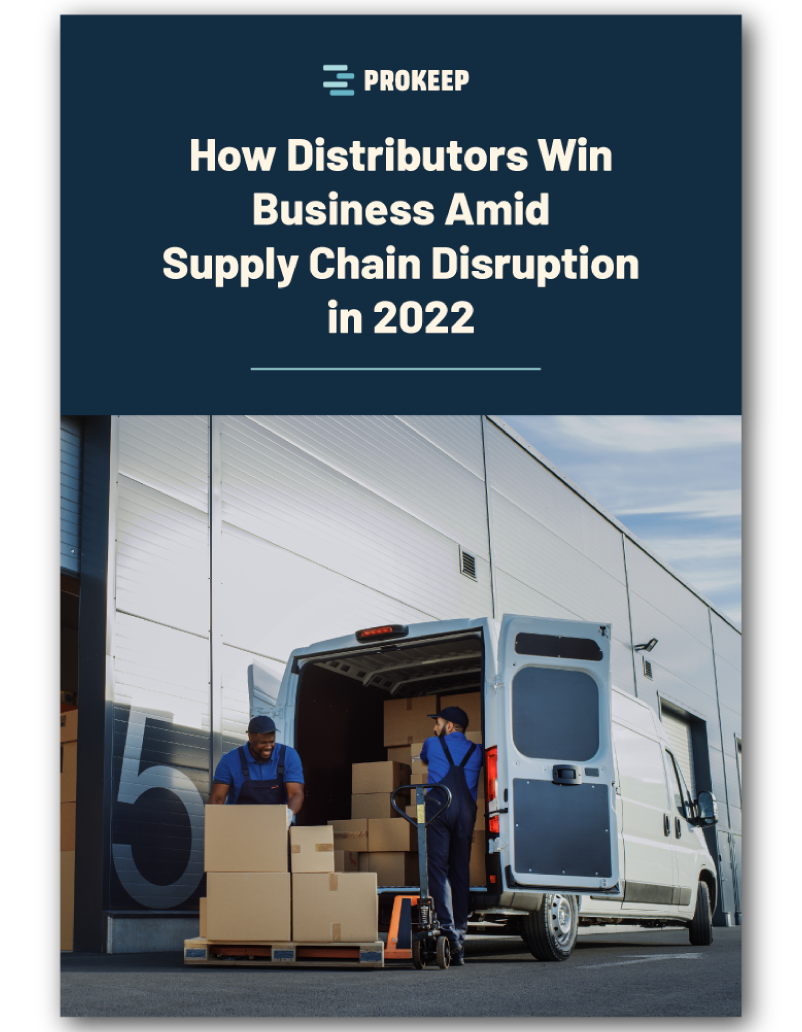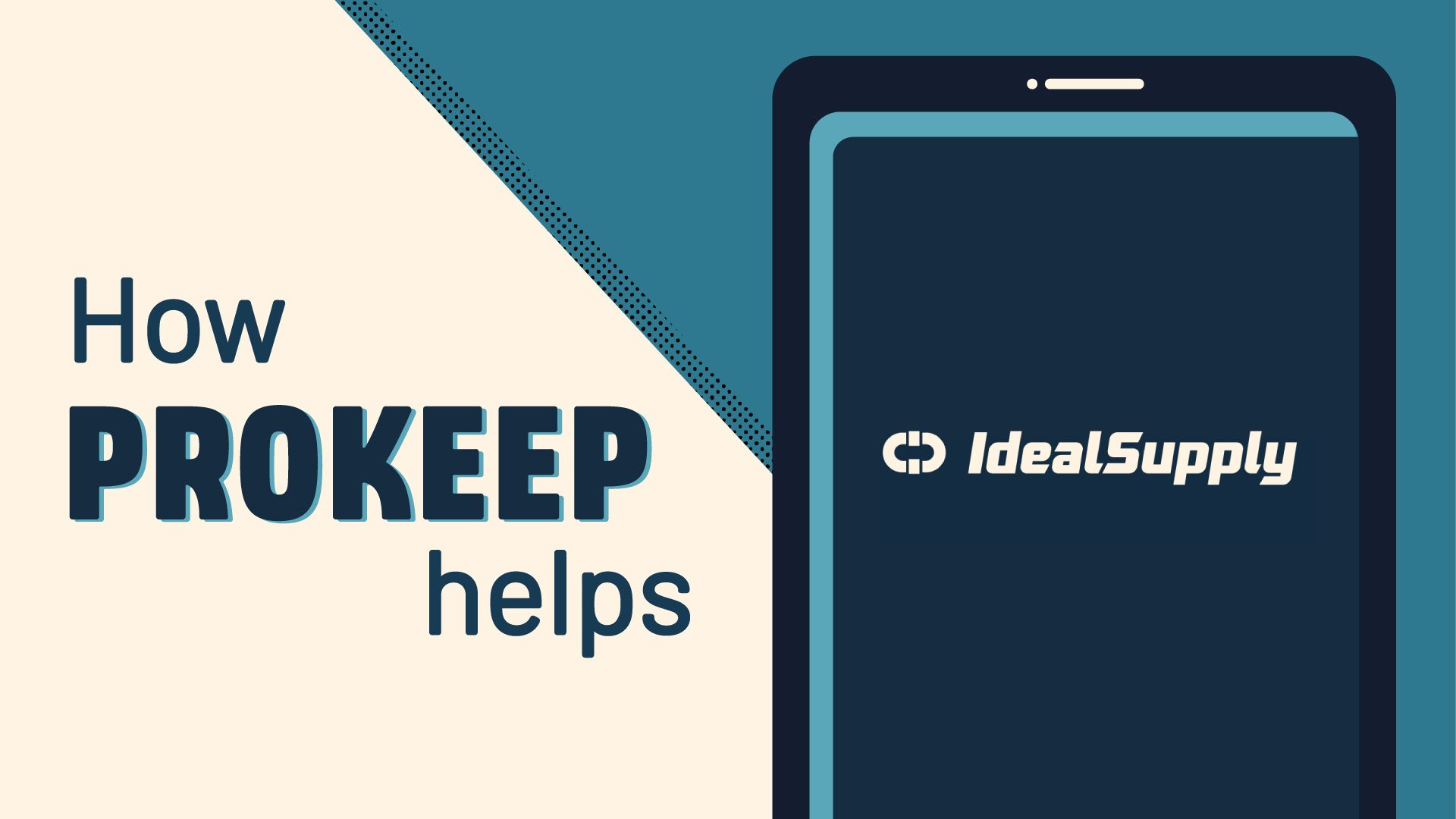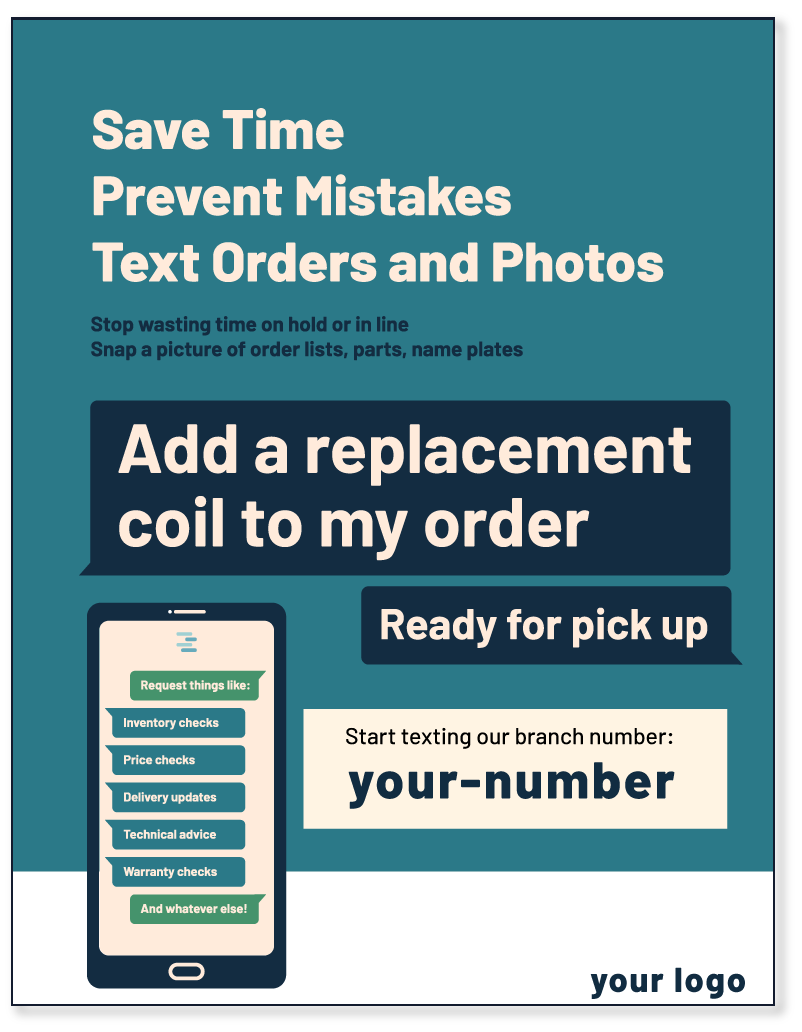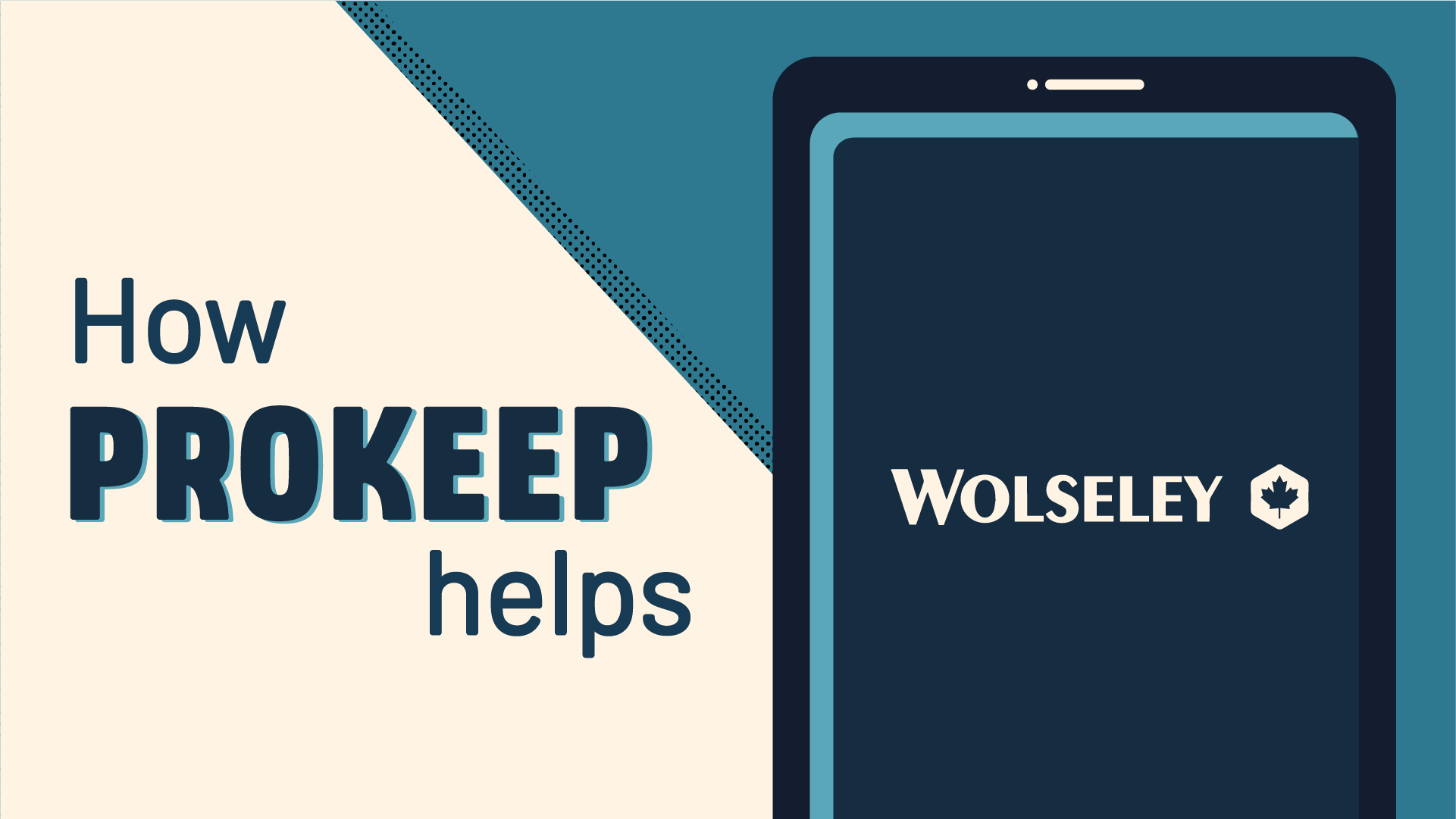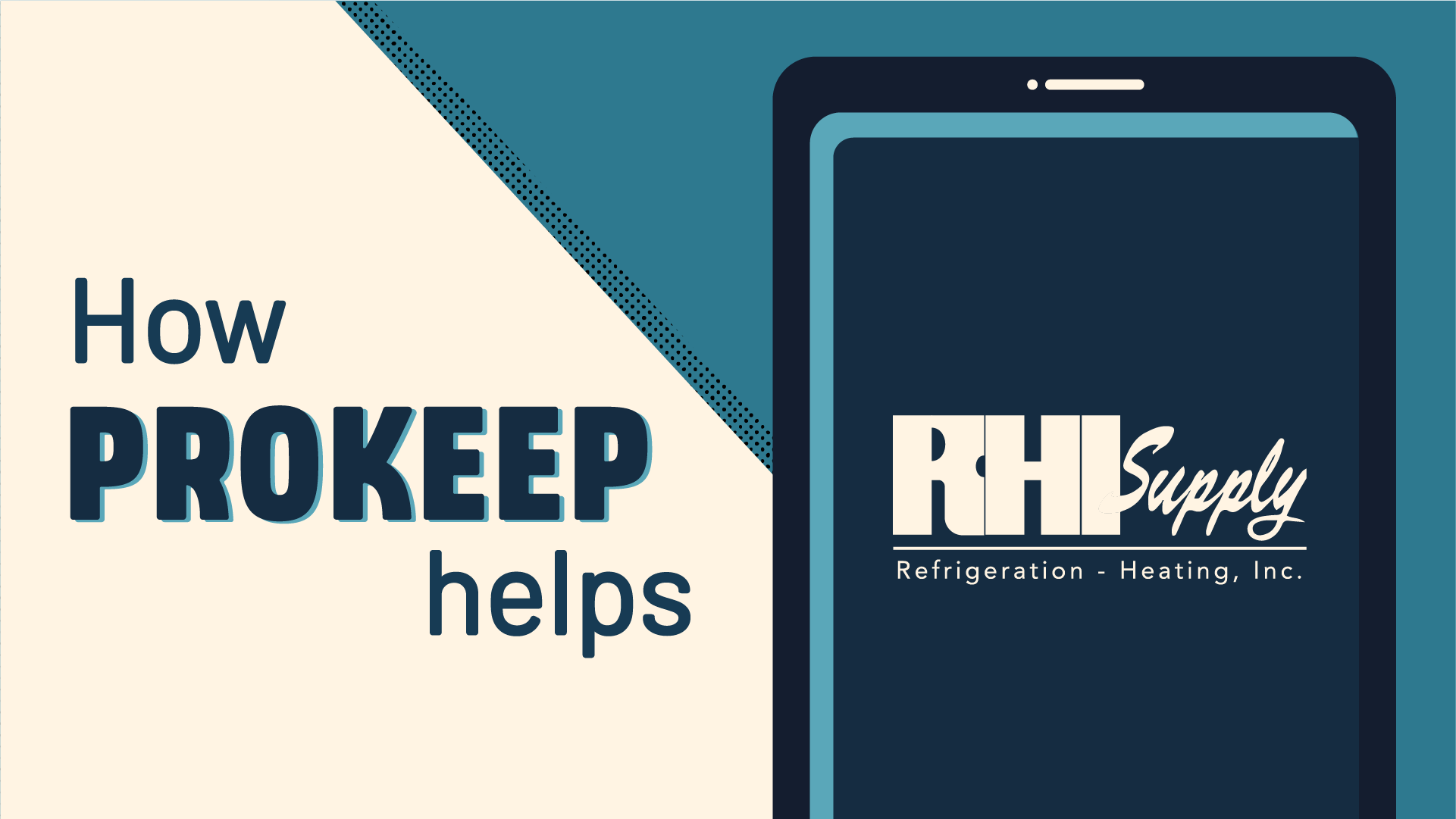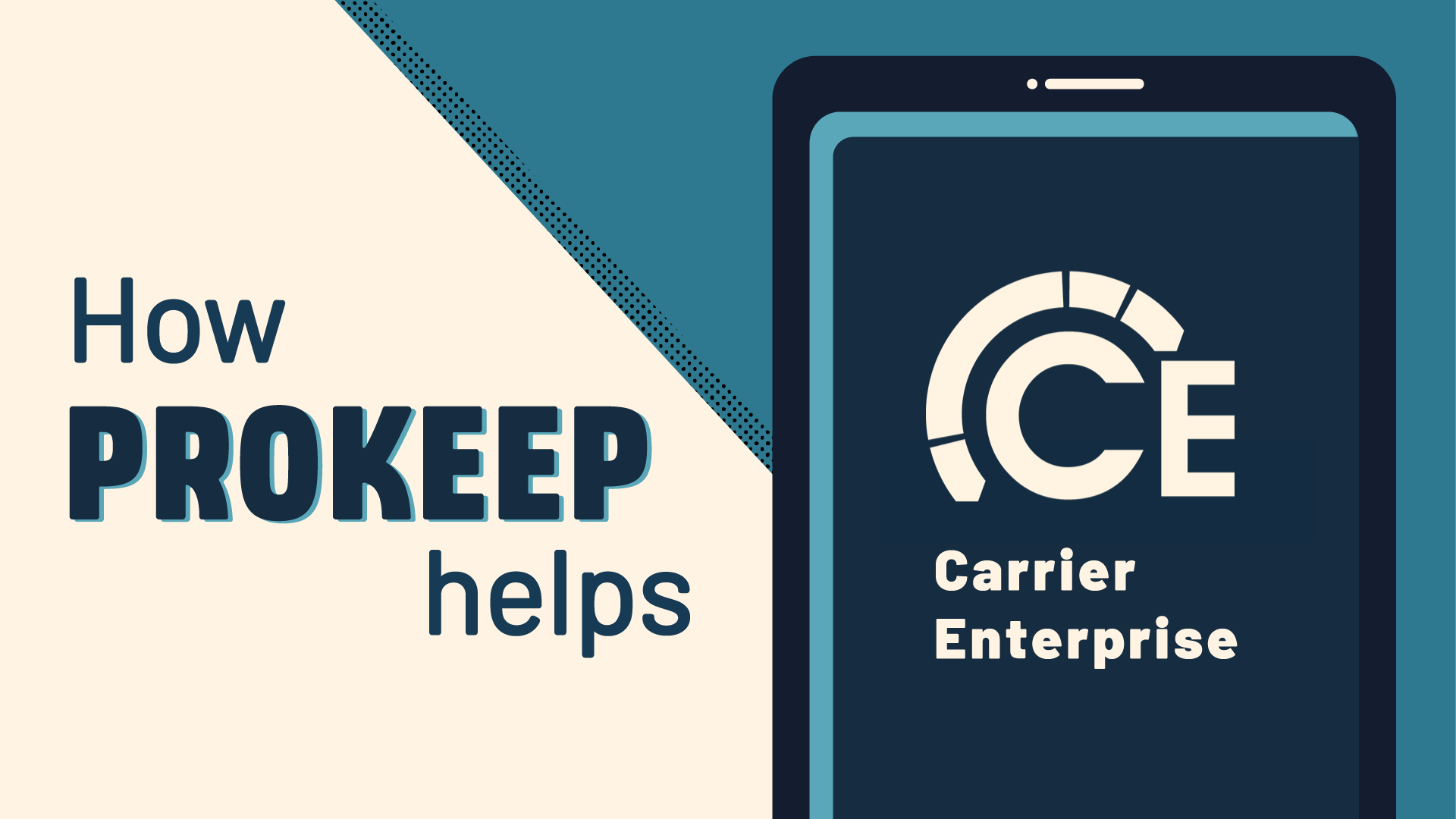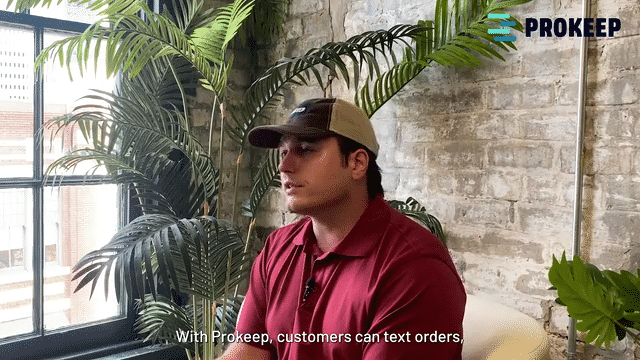Why Good Data is the Foundation of Strong Customer Relationships


The best distributors have the strongest relationships, and you can't effectively tailor your service without quality data. When your team can easily see what the last purchase was, any notes on past quotes, or recent questions customers asked, they can personalize interactions, make every conversation feel natural and ultimately win more orders.
When data is incomplete or inconsistent, relationships fall through the cracks -- customers are stuck repeating what they said, standing by while you search for inventory numbers, and walking away with a negative experience. But when it’s clean, connected, and up to date, customers know business will be seamless, and your team has everything they need at their fingertips to serve them fast and actively drive more orders.
Good data isn’t about having as much information as possible, across several different channels. It’s about having the right information — accurate, organized, and ready to use.
What Do We Mean by “Good Data”?
Good data strengthens customer relationships by providing your team with a comprehensive, actionable view of every interaction — who customers are, what they buy, and how they prefer to communicate. Instead of guessing what a customer might need, your team knows exactly how to serve them, and doesn't have to flip through pages of notes to find out.
Good Data vs. Raw Data
- Raw data is scattered, outdated, and unreliable — stored in spreadsheets, inboxes, or handwritten notes.
- Good data is centralized, accurate, and enriched — accessible to everyone who needs it and organized for action.
Example:
- Raw: “Bob – maybe HVAC customer?”
- A note with no context, no history, and no next step. When Bob calls, the rep scrambles to remember who he is while Bob waits on the phone, and any opportunities for upsells go out the window.
- Every rep instantly knows who Bob is, what he needs, and how to reach him — transforming a cold call into a confident conversation. Instead of starting from scratch, the rep can reply immediately: “Hey Bob, I see you’ve got a few quotes open for this week — want me to combine them into one order for faster delivery?”
This information gives reps context to ask relevant questions on and ideas on what products to recommend.
Why It Matters for Distributors
The Role of Data in Customer Relationships
Good relationships allow you to drive orders. Every follow-up and service call depends on how well your team members respond, and if they don't have key information, they can't provide what customers really need.
Good data allows every touchpoint to be relevant, consistent, and timely. It keeps everyone aligned — whether it’s counter staff, inside sales, or branch management. No more waiting on hold while teams dig through receipts, no more repeating their orders to different staff members, and no more missed opportunities.
Key Impacts:
- Faster, more accurate responses. Reps can instantly see customer history, quotes, and preferences — no digging through inboxes.
- Proactive outreach. When buying patterns are clear, your team can follow up before the customer even asks.
- Personalized service. Every interaction feels tailored because each rep has the full story.
- Consistent visibility. Every branch operates from a centralized record, so customers get seamless service wherever they call.
Before / After Snapshot:
- Before: Missed calls, duplicate follow-ups, and conflicting notes.
- After: Every rep can see the last interaction, open quotes, and preferences — picking up the relationship seamlessly.
Good data turns service from guesswork into a repeatable, relationship-driven system.
Where Distributors Go Wrong
Common Data Problems
Even efficient operations can fall victim to data sprawl. The issue isn’t collecting information — it’s maintaining it.
Common pitfalls:
- Outdated contact info or inactive emails
- Multiple systems with conflicting records
- No single source of truth
- Manual entry errors
- Inconsistent tracking of communication and orders
The cost adds up:
- Up to 30% of CRM data becomes outdated every year
- Reps lose 10+ hours a week chasing missing or wrong information
- Misrouted communications remain a top reason for lost orders
Inconsistent data doesn’t just slow you down — it damages your relationships, which costs you opportunities for orders.
Turning Data into a Relationship Engine
From Static Records to Dynamic Insights
Good data doesn’t live in a file; it lives in motion. When your systems connect customer details, communication history, order activity, and engagement patterns, data becomes a relationship engine.
Example Workflow:
Quote request → Rep logs note → Data syncs → Customer labeled “Active Buyer” → Automated follow-up sent two days later.
Every step strengthens the relationship by making the next interaction smarter, faster, and more relevant.
Visibility Builds Trust
When every team member sees the same accurate customer picture, customers never have to repeat themselves. That consistency builds confidence — and confidence builds loyalty.
Data Sources That Matter Most
Core Data Types for Distributors
Not all data carries equal weight. Distributors need four core data types to truly understand and serve their customers:
- Contact Data — Names, titles, branches, phone numbers, and communication preferences.
- Communication Data — Messages, emails, calls, and notes from every touchpoint.
- Transaction Data — Quotes, orders, invoices, and returns.
- Behavioral Data — Engagement trends like open rates, responses, and timing.
Connecting the Dots
The goal isn’t to collect more data — it’s to connect the data you already have. When these data types work together, they tell a complete story:
- Who the customer is
- What they’ve done
- What they’re likely to need next
Connected data transforms reactive service into predictive insight.
How to Improve Data Quality
Step-by-Step Framework
- Audit What You Have – Identify duplicates, missing fields, and inactive or outdated records.
- Enrich Automatically – Use tools that fill gaps intelligently, like automated contact enrichment or ERP syncs.
- Standardize Entry – Set naming, tagging, and note-taking rules for every branch.
- Centralize Systems – Integrate CRM, communication, and order data into one connected view.
- Train Teams – Reinforce good data hygiene by linking accuracy to performance and outcomes.
Example:
“Add phone numbers before sending quotes” → becomes →“Verify and enrich every new contact automatically.”
Data quality isn’t a project — it’s a practice.
Use Cases: How Good Data Strengthens Relationships
Faster Response and Resolution
Reps who can instantly identify customers and review recent interactions resolve issues faster and prevent escalation. Speed signals competence — and competence builds trust.
Personalized, Proactive Outreach
Accurate data enables timely, targeted messages like:
“You ordered X last quarter — need a restock?”
This level of personalization directly prompts customers to place an order.
Seamless Multi-Channel Communication
When text, email, and phone interactions sync, customers experience a single continuous conversation rather than three disconnected ones.
Better Branch Collaboration
Shared visibility avoids overlap, duplicate outreach, and dropped orders — making sure each branch works together as a single, unified team.
Measuring Data Quality & Relationship Health
Trackable Data KPIs
- Contact completeness rate — How many contacts have full, usable information?
- Duplicate rate — A measure of data hygiene and system accuracy.
- Bounce rate (text/email) — Quick check on data validity.
- Response time — Indicates how easily reps can access the right information.
- Repeat order rate — Reflects both satisfaction and relationship strength.
Tie to Revenue Metrics
Good data directly impacts your ability to drive orders.
- Faster quote-to-order conversions
- Increased reorder frequency
- Higher customer lifetime value
- Reduced churn through consistent engagement
When your data is right, orders follow.
Common Pitfalls & How to Avoid Them
Even the best systems fail without process and accountability. Avoid these traps:
- Treating cleanup as a one-time event instead of an ongoing effort
- Over-relying on manual entry
- Collecting irrelevant or excessive data
- Ignoring system integrations
- Skipping team training on data standards
Pro Tip: Build “data moments” into everyday tasks — for example, prompting reps to confirm details before sending a quote. Small actions compound into big gains over time.
Tools That Power Good Data
What to Look For
When choosing tools to manage customer data, prioritize:
- Integration: Unified CRM, ERP, and messaging platforms
- Automation: Deduplication, enrichment, and proactive updates
- Visibility: Shared profiles accessible across branches
- Reporting: Data health and engagement dashboards
- Role-based controls: Access tailored to each user’s responsibilities
Why Distributor-Focused Platforms Matter
Generic CRMs often let down distributors because they don’t reflect how your business works — with multiple branches, shared accounts, and complex customer relationships. Distributor-focused tools bridge that gap by connecting communication and data, giving every team member a single source of truth.
The right platform makes all of this easier — and for distributors, “right” means purpose-built.
Good Data FAQ
How often should we clean our data?
At least quarterly — or continuously with automated enrichment.
What’s the best way to get complete contact info?
Start with your most active accounts, then capture and verify new contacts through inbound messages and order activity.
Do all branches need access to the same data?
Yes, but with role-based visibility so local teams focus on their customers without losing alignment.
What happens if our data is wrong?
Bad data leads to missed follow-ups, frustrated customers, and lost sales. Fix it quickly — and fix the process behind it.
How can we track improvements?
Benchmark engagement and conversion metrics before and after improving data hygiene. Look for faster response times, lower bounce rates, and higher reorder frequency.
Final Takeaway
Good data isn’t a back-office detail — it’s the foundation of customer trust. When your information is accurate, connected, and accessible, you empower every rep to act with confidence and every customer to feel seen.
In distribution, that’s the difference between being another vendor and being the partner your customers rely on.




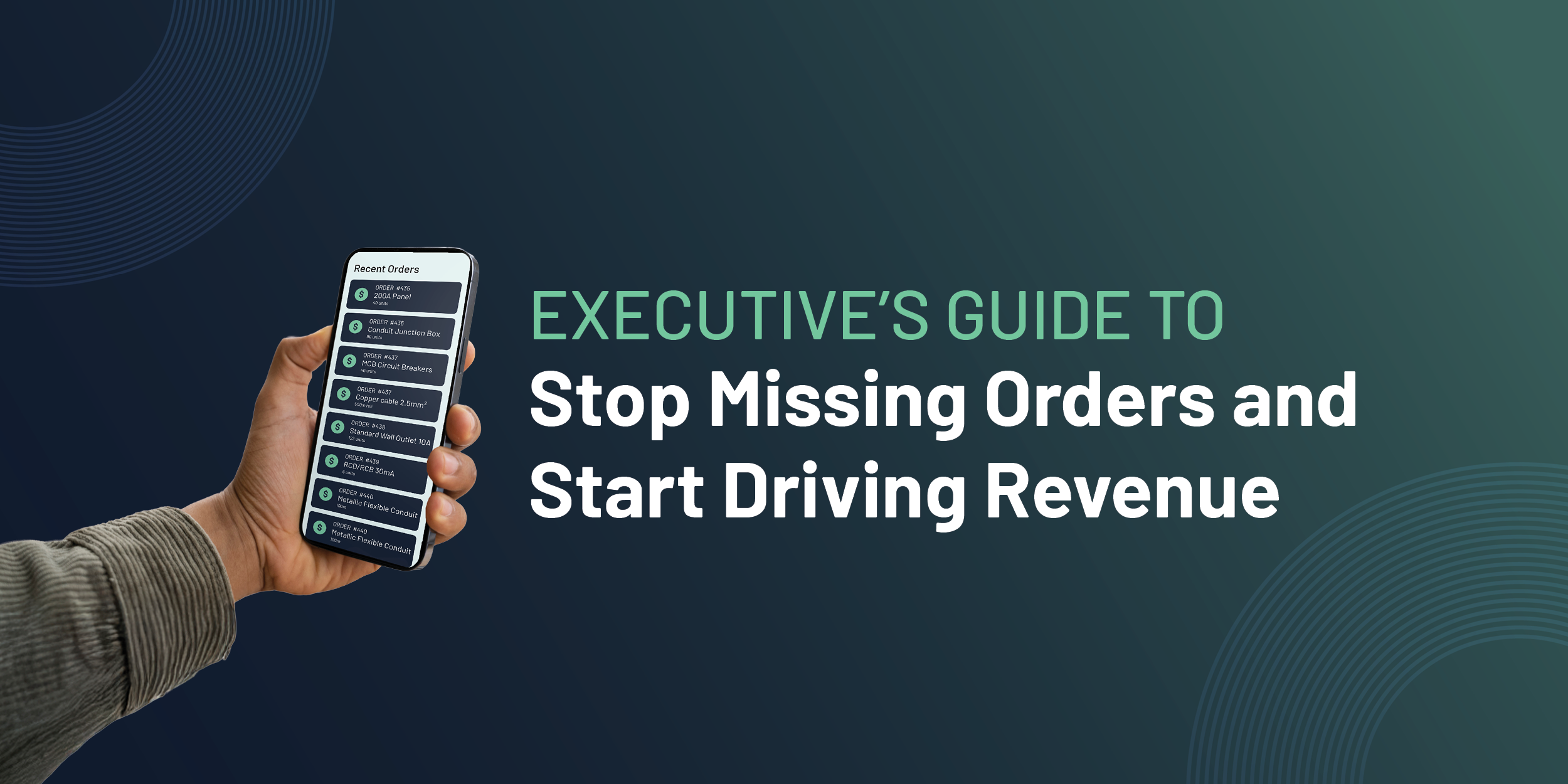
.png)
.png)

